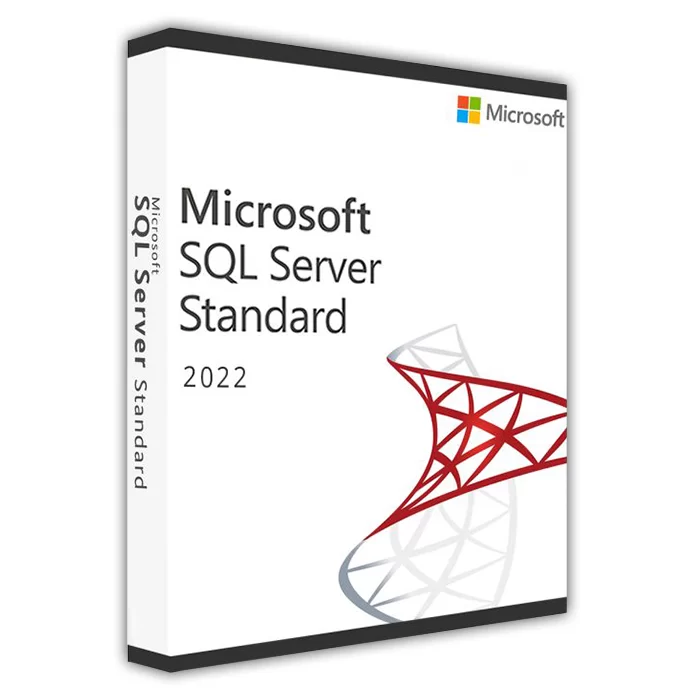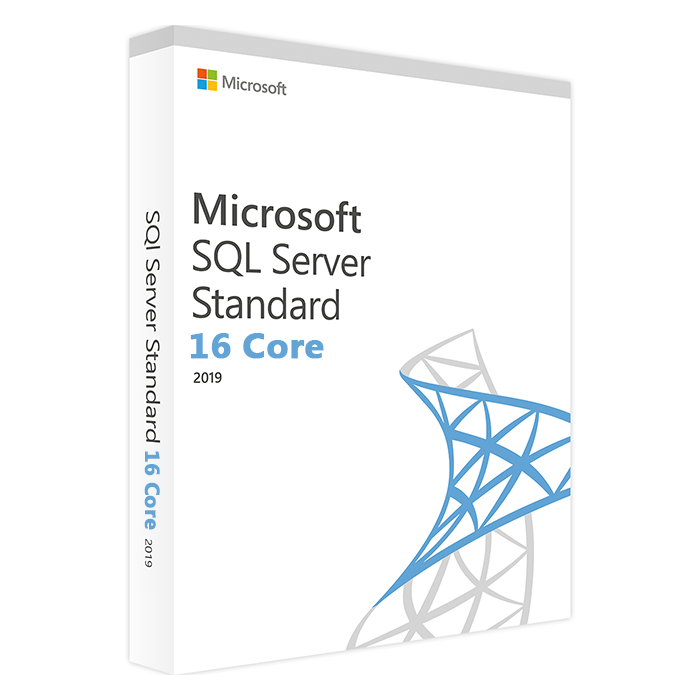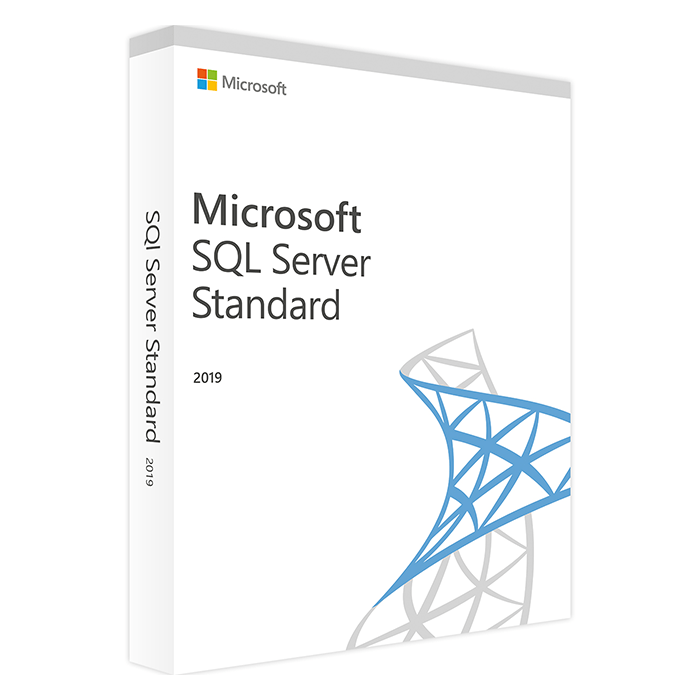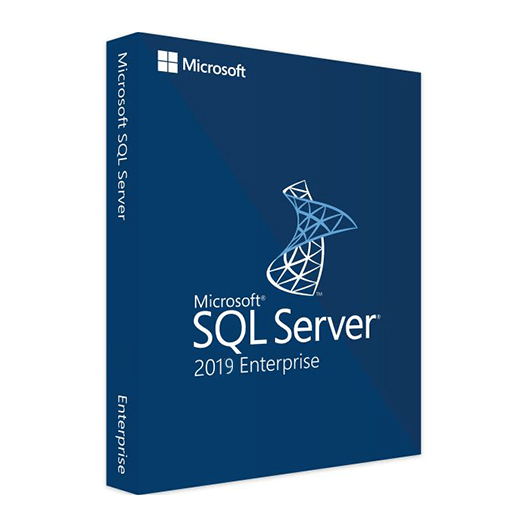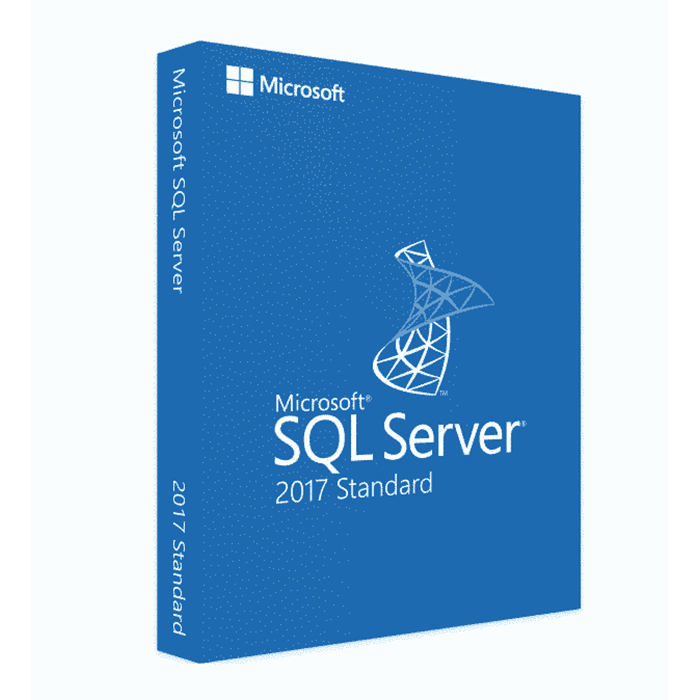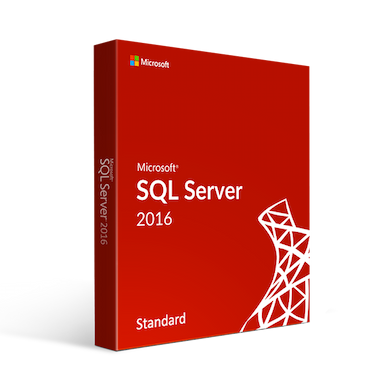Home » Understanding SQL Server Databases: Structure and Components
Understanding SQL Server Databases: Structure and Components
SQL Server databases form the backbone of data storage and management in Microsoft’s SQL Server. Delving into the architecture and components of these databases is essential for efficient data organization and manipulation. Let’s explore their structure in detail.
Database Structure Overview
Tables
Tables serve as the primary storage entities within a database, organizing data into rows and columns.
Schemas
Schemas provide a logical grouping mechanism for database objects, allowing better organization and security.
Database Objects
Indexes
Indexes enhance query performance by facilitating faster data retrieval, especially for frequently accessed data.
Views
Views are virtual tables generated from queries, offering a customizable and simplified view of data.
Stored Procedures
Stored Procedures are precompiled sets of SQL statements, enhancing performance and security.
Database Files and Filegroups
Data Files
Data files (.mdf) store data and objects, constituting the primary filegroup within a database.
Log Files
Log files (.ldf) record all transactions and modifications made to the database for recovery purposes.
Filegroups
Filegroups organize data files and manage storage and administration efficiently.
Transaction Log and Recovery
Transaction Log
Maintains a record of all transactions, facilitating rollback, recovery, and restoration of the database.
Recovery Models
Different recovery models (Simple, Full, Bulk-Logged) determine how transactions are logged and recovered.
Data Integrity and Constraints
Constraints
Constraints maintain data integrity by enforcing rules on columns to prevent invalid data entry.
Keys
Primary keys, foreign keys, and unique keys ensure data consistency and relationships between tables.
System Databases
Master, Model, MSDB, TempDB
System databases facilitate server-level operations, configurations, and temporary storage.
Understanding the structure and components of SQL Server databases lays the foundation for efficient data management, organization, and manipulation. Each component plays a crucial role in maintaining data integrity, optimizing performance, and ensuring recovery mechanisms in case of failures.
Recent posts
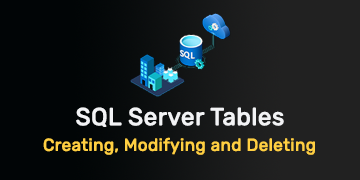
SQL Server Views: Simplifying Complex Queries
Explore SQL Server views to streamline complex queries, enhance data accessibility, and improve database management.

Introduction to SQL Server Triggers: Creating Automated Responses
Explore SQL Server triggers and learn how to create automated responses to database events for enhanced functionality.

SQL Server Tables: Creating, Modifying, and Deleting
Learn how to create, modify, and delete tables in SQL Server databases for effective data organization.
